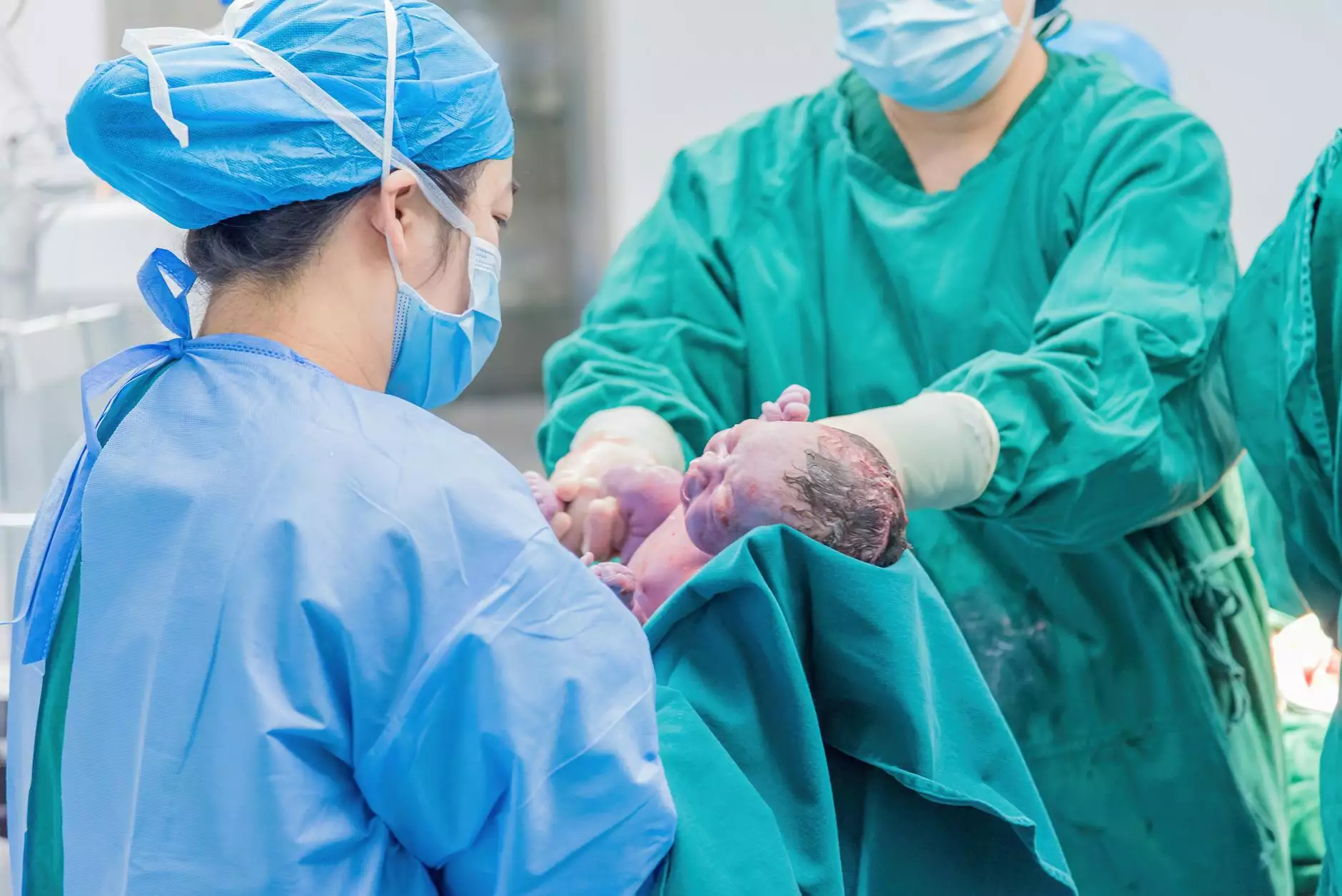Understanding VATS Lung Surgery: A Comprehensive Guide

VATS lung surgery, or Video-Assisted Thoracoscopic Surgery, is a minimally invasive surgical technique that has revolutionized the field of thoracic surgery. This innovative approach allows surgeons to perform complex procedures through small incisions, which leads to numerous benefits for patients. In this comprehensive guide, we will delve into what VATS lung surgery entails, its history, benefits, procedures, recovery, and relevant patient considerations.
What is VATS Lung Surgery?
VATS lung surgery is a type of thoracoscopic surgery. It utilizes a small video camera, known as a thoracoscope, which is inserted into the chest cavity through small incisions. The surgeon views the internal structures on a monitor, allowing for precise surgical intervention without the need for large incisions.
History of VATS Lung Surgery
The evolution of thoracoscopic surgery dates back to the late 20th century. Initially used for diagnostic purposes, it quickly gained traction for therapeutic interventions in the lungs. Surgeons recognized the potential for VATS lung surgery to reduce recovery times and minimize complications associated with open-chest surgeries.
Benefits of VATS Lung Surgery
Choosing VATS lung surgery provides patients numerous advantages over traditional open surgery:
- Minimized Invasiveness: Smaller incisions lead to less tissue damage.
- Reduced Pain: Patients often experience less postoperative pain compared to open surgeries.
- Shorter Hospital Stay: Many patients are discharged within a few days of the procedure.
- Faster Recovery: Patients resume normal activities sooner due to reduced healing time.
- Less Scarring: The smaller incisions result in minimal scarring.
- Lower Risk of Infection: Reduced surgical trauma leads to a lower chance of infection.
Indications for VATS Lung Surgery
VATS lung surgery is indicated for various conditions, including but not limited to:
- Lung Cancer: Removal of tumors or lobes affected by cancer.
- Mesothelioma: Treatment of this rare lung cancer often linked with asbestos exposure.
- Pleural Effusion: Drainage of excess fluid in the pleural space.
- Infection: Treatment of severe lung infections such as abscesses.
- Benign Lung Conditions: Addressing non-cancerous tumors or cysts.
Preparing for VATS Lung Surgery
Preparation for VATS lung surgery involves several important steps:
Consultation with Your Surgeon
Your journey begins with a thorough consultation with a qualified thoracic surgeon. During this consultation, the surgeon will:
- Review your medical history and current health status.
- Perform diagnostic tests, such as imaging scans (CT, MRI) and lung function tests.
- Explain the procedure, including potential risks and benefits.
- Discuss your expectations and any concerns you may have.
Preoperative Instructions
In the days leading up to the surgery, you will receive specific instructions, which typically include:
- Avoiding certain medications (like blood thinners) as advised.
- Fasting for a specified duration before the surgery.
- Arranging for someone to accompany you to the surgery and assist you afterward.
The VATS Lung Surgery Procedure
The procedure itself is typically divided into distinct phases:
Anesthesia
VATS lung surgery is performed under general anesthesia, ensuring that you are completely unconscious and pain-free during the operation.
Incision and Access
Your surgeon will make several small incisions in your chest. The thoracoscope (camera) will be inserted through one of these incisions, allowing the surgical team to visualize the lung and surrounding structures.
Surgical Intervention
Using specialized instruments, the surgeon can perform the necessary surgical intervention. This may include:
- Lobectomy: Removing a lobe of the lung affected by cancer or disease.
- Wedge Resection: Removing a small, wedge-shaped portion of the lung.
- Decortication: Removal of thickened pleura due to conditions like empyema.
- Pleurodesis: Creating adhesion between the lung and chest wall to prevent fluid buildup.
Closing the Incisions
Once the procedure is complete, the surgeon will remove the instruments and close the incisions using sutures or surgical tape. A drain may be placed temporarily to remove any excess fluid or air in the chest cavity.
Postoperative Care and Recovery
The recovery process after VATS lung surgery is generally straightforward, but it still requires attention to detail:
Initial Recovery in the Hospital
You will be monitored in a recovery area as the anesthesia wears off. Common postoperative care includes:
- Pain Management: Pain relief medications will be provided to manage discomfort.
- Fluid Intake: You will gradually be allowed to resume eating and drinking.
- Physical Activity: Early mobilization is encouraged to prevent complications.
Home Care and Follow-Up
Upon discharge, follow these instructions for a smooth recovery:
- Rest and Prioritize Healing: Avoid strenuous activities for several weeks.
- Wound Care: Keep the surgical area clean and dry; watch for signs of infection.
- Follow-Up Appointments: Attend all scheduled follow-ups with your healthcare provider to monitor your progress.
Potential Risks and Complications
While VATS lung surgery is generally safe, understanding the potential risks is vital:
- Infection: As with any surgery, there is a risk of infection at the incision sites.
- Bleeding: Some patients may experience bleeding during or after the procedure.
- Pneumothorax: Air may leak into the chest cavity, causing complications.
- Anesthesia Risks: Reactions to anesthesia, though rare, could occur.
Patient Considerations
Before proceeding with VATS lung surgery, consider the following:
- Personal Health Factors: Your overall health and specific lung conditions will weigh into the decision.
- Second Opinions: Don’t hesitate to seek a second opinion for complex cases.
- Questions for Your Surgeon: Prepare a list of questions to address any concerns you might have.
Conclusion
VATS lung surgery is a remarkable advancement in thoracic surgery that offers patients a less invasive option for treatment of lung diseases. With its myriad benefits, including rapid recovery times and minimal scarring, it stands as a preferred choice for many conditions affecting the lungs. If you or a loved one is considering this innovative approach, consult with a skilled thoracic surgeon at neumarksurgery.com to discuss your options and develop a customized treatment plan.



